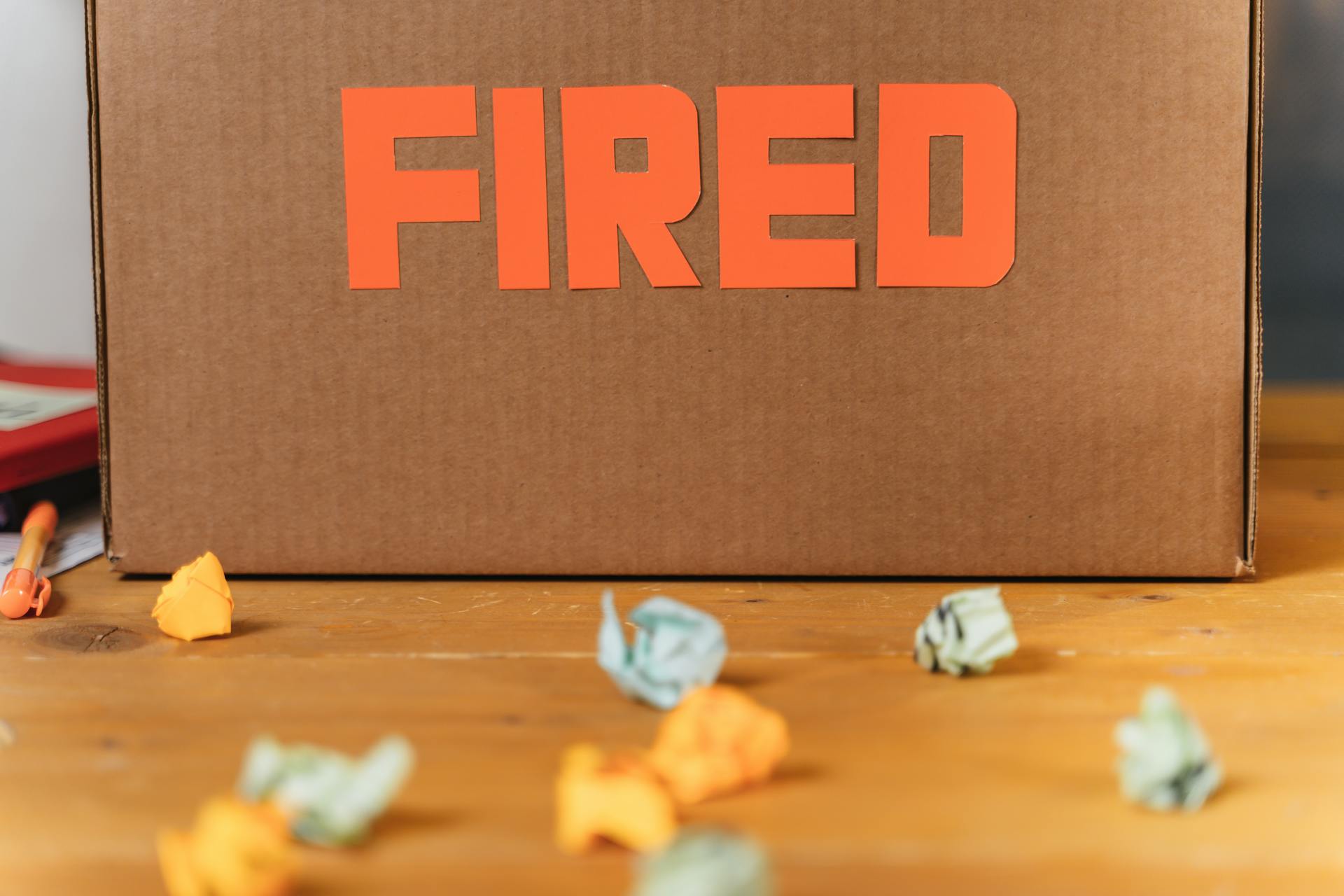
UC Santa Cruz professor roleplays gig economy, publisher negotiation, and layoffs with game design students
www.gamedeveloper.com
Aron Garst, ContributorMarch 25, 20254 Min ReadVia Pexels user ANTONI SHKRABA productionThe game industryalong with a major part of the American workforceis in a bad place at the moment. We've seen a huge amount of workers, both creative, administrative, and technical, suffer massive layoffs and restructurings. Even the teams behind hugely successive gameslike the Seattle-based team responsible for part of Marvel Rivalshave been laid off.That's part of the reason why Retora Games founder and adjunct professor Tyler Coleman has been creating unique class exercises and role play scenarios to help his students think about what sort of problems they might run into after they graduate."The best lessons come from failure, so how do we teach that in a hands-on way to our classes?" Coleman said, posing a question to an audience at his Game Developers Conference talk. "By not teaching them [these things] we are not preparing our students for the worst."Coleman has run some of his classes through one of four different experiments, each spanning a the majority of the school term, to prepare students for handling the tough environment of the gig economy, negotiating with unreasonable publishers and clients, dealing with the variety of hardships studios often experience, and handling the emotional toll of being laid off.Forcing failure with careRelated:One point Coleman emphasized before diving into each hands on exercise is that he was looking for feedback and ways to improve. These experiments had "mixed results," according to him and he was wary of negatively impacting his students and the way they viewed their own work."Forcing people to fail should be treated with care," he said. "As you do run a risk of creating real trauma if not planned carefully."The experiment that stood out most was Coleman's Rapid Prototyping class, which had a group of students produce multiple small games in various groups throughout the school term. The program ended with the entire class working together on one project, with separate groups of students within the class representing different teams within a AAA studio."The whole thing was doomed from the start," Coleman said. "They were using a 5 year old version of Unity they hadn't worked with before. The teacher (me) was intentionally bad with communicating design and intent. We had regular unexpected changes in the design bible."Coleman had meant for his teams to fail and heposing as a senior figure in this fictitious studio was the main antagonist for this experience.At the end of the program, Coleman held a meeting with all the teams and told them that they were being let go. All the work they produced was owned by the fake company that employed them. He posed a question to his students, what would you do if you couldn't use any of the work from this past term? In reality the work was owned by the students, but he challenged them with a scary possibility that may very well hit them one day.Related:Pros and consSeveral elements of the experiment went well, according to Coleman. Some of his students felt the emotional toll of losing their jobs. While stressful, it helped them understand that situations like that are often completely out of their control. There was nothing they could have done differently to prevent the layoffs. Many students reacted poorly to the news, but Coleman believed it was good for them to experience it in this type of situation rather than in the real world where they'd have to pay rent and other bills."It also led them to update their resumes and LinkedIn profiles," he said, emphasizing that he wasn't pro-layoff in any way. "It helped them understand that the best thing you can do is connect to everyone else and build a network."Other elements didn't go as well. Several students thought they had failed the class, which made them panic. The bombshell of the layoff also happened at the very end of the quarter, which completely killed any excitement the class had heading into the end of the term. Luckily the class didn't fail, they received "severance A," according to Coleman. He plans to clearly communicate that the students could not fail this experiment going forward.Related:The experiments that Coleman ran were unorthodox, but quite relevant in an industry that's repeatedly shown that its workers can be let go at a moments notice to help improve quarter over quarter fiscal showings.Coleman detailed a few things that he'd like to do differently going forward, including making some sort of time for actual lecturing as several of his experiments involved his students roleplaying. Those sessions could take hours and often ended up leaving no time for him to talk to his students directly at length about what they were doing, how they felt about it, and what he hoped they would learn.The game design professor also plans to possibly change the schedule of when he plans to "lay off" his students, making sure that it's midway through the term so that he can leave time for retrospectives and feedback and simulate what comes after a layoffwhich is usually other opportunities and work.Read more about:GDC 2025FeaturesTop StoriesAbout the AuthorAron GarstContributorSee more from Aron GarstDaily news, dev blogs, and stories from Game Developer straight to your inboxStay UpdatedYou May Also Like
0 التعليقات
·0 المشاركات
·62 مشاهدة


